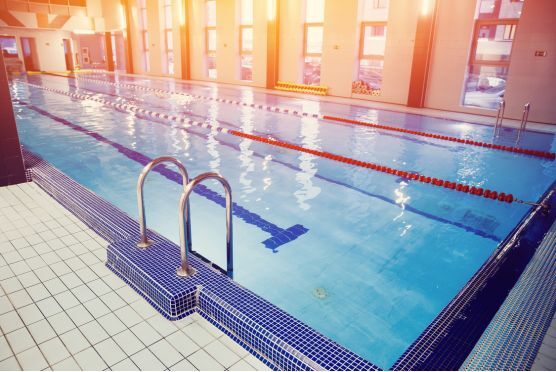Reducing energy use in nurseries and day care without disruption
You feel the squeeze every month. Heating needs to stay on, rooms must stay cosy, meals need cooking and laundry never stops. Children come first,...
3 min read
 Stephanie Beadling
Oct 24, 2025 12:15:14 PM
Stephanie Beadling
Oct 24, 2025 12:15:14 PM
.png)
The quickest way to trim costs without hurting service is simple: make your energy plan follow your programme, not the other way round.
Look at a typical week. Where are the reliable peaks and the dead spots?
From here, set three operating “scenes” in the building management system: quiet, standard and event. Pre-heat and pre-ventilate only to what the next scene needs. If your system won’t do scenes, a simple scheduler with clear set points still works.
Contract choices land better when they reflect how you use power and gas through the year.
The goal isn’t to outguess the market. It’s to pick a contract you can run confidently while you improve the site.
Leisure roofs are often big, and pools pull steady daytime load.
The aim is practical output that ties to your profile, not panels for the sake of it.
Upgrades shouldn’t ruin a class or a match. Pick measures that drop in cleanly.
A small overnight leak can nudge both meters up. Set a simple nightline target for electricity, gas and water between 2–4am. If any creep up, find the cause fast, often a valve that doesn’t close or a timer that slipped.
People want warm pools, bright courts and clean air and they care how you achieve that.
When users see the trade offs and the action, they back you.
It’s not a switch you flip. Treat it as a phased project with checks and ownership.
If you’d like a practical plan shaped around your site, our team can help, get in touch and we’ll agree clear options and next steps together.

You feel the squeeze every month. Heating needs to stay on, rooms must stay cosy, meals need cooking and laundry never stops. Children come first,...

You juggle safety, warmth, happy faces, staff rotas and a budget that never stretches quite far enough. Energy prices and parent expectations haven’t...

Long hours, temperature-sensitive spaces and constant pressure on service can leave energy low on the to do list. Still, when comfort slips, guests...